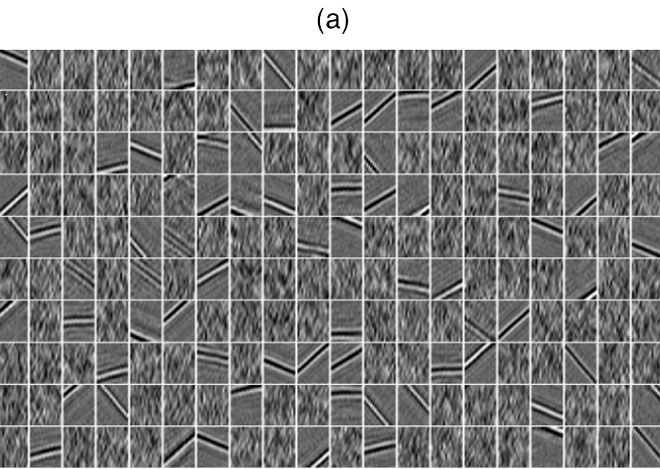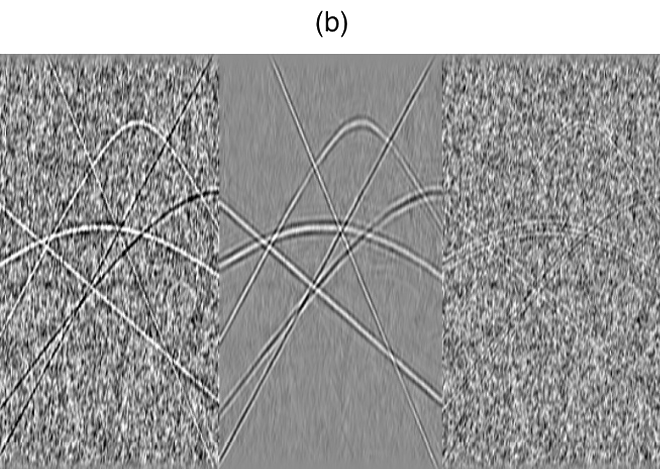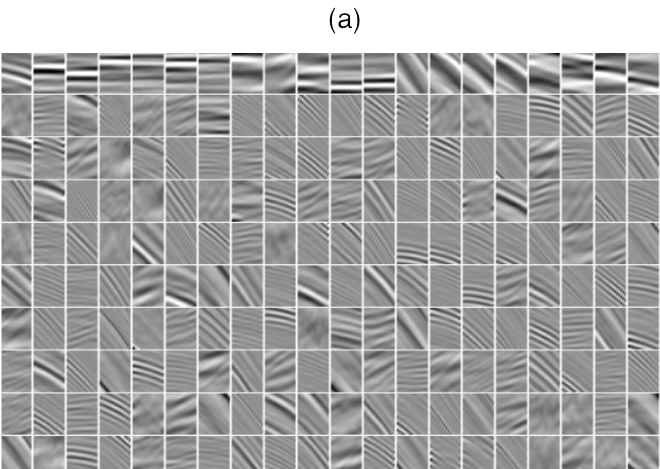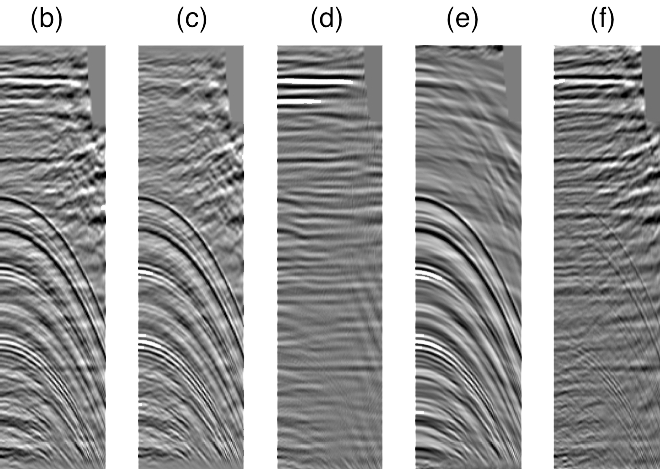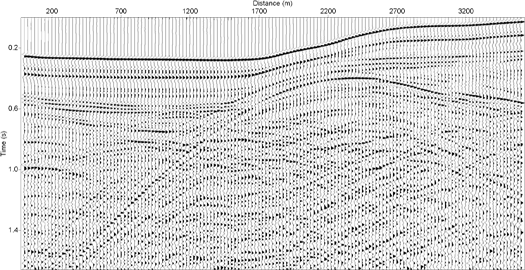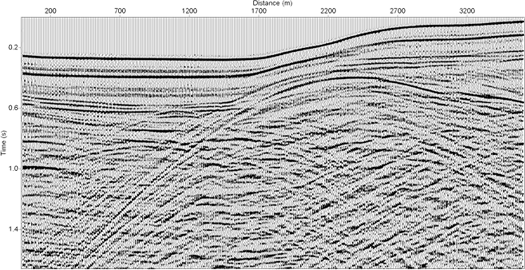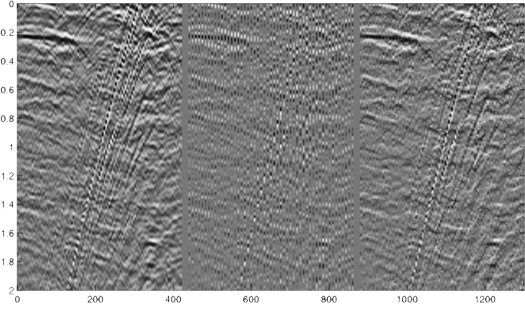Recent Awards
- Rob Ferner, Reverse time migration of prestack elastic data, Best Student Geophysics Poster Award
- Amsalu Anagaw, Model parametrization strategies for Newton-based acoustic full waveform inversion, Best Student Geophysical Oral Presentation Awardorde
Best Paper in the Recoder 2013
-
Stanton and Sacchi, All roads lead to Rome: predictability, sparsity, rank and pre-stack seismic data reconstruction [see paper]







(1).jpg) University of Alberta and SAIG graduate Sam Kaplan (PhD, 2010) has won the 2013 J. Clarence Karcher Award for young scientists who have made outstanding contributions to the science and technology of exploration geophysics.
University of Alberta and SAIG graduate Sam Kaplan (PhD, 2010) has won the 2013 J. Clarence Karcher Award for young scientists who have made outstanding contributions to the science and technology of exploration geophysics..jpg) Mostafa was recognized for developing algorithms for multi-dimensional seismic data reconstruction. His work has been studied world-wide because of its importance to solving this ubiquitous seismic imaging problem.
Mostafa was recognized for developing algorithms for multi-dimensional seismic data reconstruction. His work has been studied world-wide because of its importance to solving this ubiquitous seismic imaging problem.